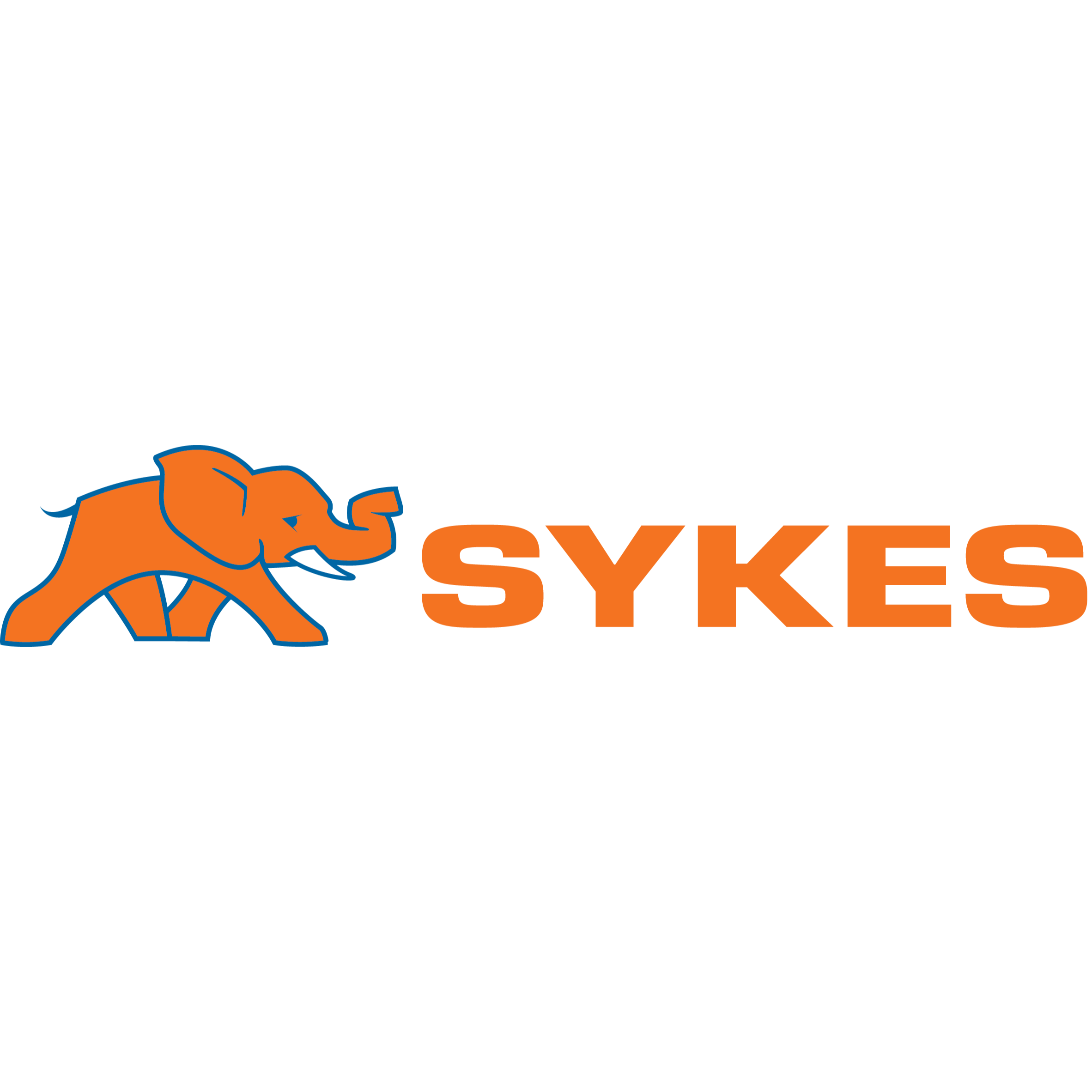Electric motors are often used to drive pumps, fans, compressors and other equipment. In Australia, it is estimated that they account for nearly 30 per cent of total electricity consumption across all industries. Globally electric motors and electric motor-driven systems are estimated to account for almost 50 per cent of global electricity consumption and 70 per cent of electricity consumption in industry. With electrical energy comprising around 97 per cent of the total cost of ownership (TCO) of an electric motor – compared to one per cent of TCO for the purchase of a new motor and about two per cent for maintenance – optimising electric motor performance is key to improving energy efficiency to reduce energy costs, as well as reduce maintenance and improve reliability. Here, we look at five ways to reduce the running costs of electric motors.
As well as directly or indirectly drive devices such as pumps, fans or compressors, motors typically form part of a larger system comprising many elements like pipes, valves, ductwork, controls and dampers. This means the interactions between all the components that comprise the system will affect overall performance.
Therefore, it is crucial to comprehend motors in the context of their operational systems. Focusing solely on the motor may lead to overlooking substantial and frequently inexpensive opportunities for savings.
1. Monitoring the system and measuring performance to inform reconfiguration
Measuring the performance of equipment is crucial to detect where wastage is occurring and what energy saving actions will produce worthwhile savings. By monitoring the system, end users can track and understand the energy performance of the equipment and system to:
- Inform immediate no-cost or low-cost energy saving solutions that can be made
- Identify savings opportunities that are not obvious
- Highlight potential issues by analysis of trends
For small systems, low cost and temporary monitoring can be used where the potential for energy savings is unlikely to be significant.
Larger, more complex systems might benefit from more permanent automatic monitoring solutions that can identify variations and problems in real time for ongoing system optimisation. No matter if monitoring activities are temporary or ongoing, measurements should be taken after energy saving activities have been implemented to confirm the savings actually made to justify future spend if needed.
There is a variety of equipment and options to undertake monitoring and measurement activities, with the cost of these varying. Equipment that can be used for measurements include:
- Hours-run meters: these measure the time the equipment has been running which can be used to identify if a motor is running longer than necessary
- Energy meters or portable energy loggers: these can be installed or temporarily connected to the motor’s energy supply to show energy consumption and motor loading instantaneously and over time. This information can be used to assess a motor’s performance and determine the motor load required for a task; for example the load can be checked against motor nameplate and if they don’t closely match it is an indication that the motor is not suited to the application
- Permanent kWh meters: these are installed as submeters and are useful in larger motors to provide ongoing information on energy consumption so that trends can be identified
Condition monitoring is another tool that can be used to not only identify energy consumption trends but also to predict the risk of failure of mechanical components. It is usually implemented on sites with large equipment or where a breakdown is a critical issue.
Tools that can be implemented include:
- Vibration analysis: used to analyse noise and vibration, with a frequency logger able to record levels which can be used to identify potential issues such as bearing failure, shaft alignment discrepancies and lubrication problems
- Oil analysis: used to identify wear or contamination issues through gearbox oil samples
- Thermographic surveys: used to identify overheating issues and electrical faults
2. Install timers and operational controls for automatic switch off
As motors are often ‘hidden’ within machinery, there is a tendency for them to be ignored and left to run even when they do not need to be in operation. The first step is to identify if there are periods of time that the motor and/or other equipment can be turned off, such as circulating water in a heating or cooling system when there is no demand, or ventilating spaces that are unoccupied.
When it has been identified that a motor and/or equipment can be switched off, the next step is to consider how it can be safely turned off, what is required to switch it off, and the ease of implementing the solution. These considerations should take into account risks of manual switch-off procedures such as health and safety risks, a motor being switched off at the wrong time, or the wrong motor being switched off.
In some situations, a manual switch off will be appropriate with proper procedures put in place to ensure the correct processes are followed, including the maximum number of starts allowed for a motor is not exceeded, and any warm up or initialisation time is taken into account.
Where manual switch off isn’t appropriate, automatic switch off should be considered. A timer and operational control can be installed to automatically turn the motor on and off at specific times. Interlocks are also useful to switch the motor on only if another piece of equipment or device is running, and it will automatically shut off the motor when the other equipment or device is turned off.
Load-sensing devices are also useful as they can sense when there is no load, signalling for the motor to be switched off after a set period of time. Another device that can be used is a sequencer. Sequencers can switch parallel equipment on and off depending on the process needs. When correctly used, motor timers and controls can save significant amounts of energy, reduce wear on the mechanical system, and improve performance.
Sustainability Victoria’s Boosting Business Productivity program worked with more than 300 businesses to explore their energy use and minimise their energy cost, and based on the data gathered, it found that on average, installing timers and operational controls cost less than $7,100 to implement, had a $5,000 annual saving and payback period of 1.5 years, and saved more than 13 tonnes of greenhouse gas emissions annually.
3. Install variable speed drives (VSDs)
Installing VSDs can be beneficial where a motor is required to serve a range of load conditions or has a variable demand, as they adjust the motor’s speed to match the load requirement for the task. By adjusting the speed, VSDs can reduce energy consumption, with up to 50 per cent savings on operating costs possible by reducing the motor speed by 20 per cent.
Further to energy savings, VSDs can offer other benefits such as improved process control (and therefore output quality), and the ability to control more than one motor. While VSDs are usually more expensive to install than simple motor controls, their payback can be less than two years in some applications if they have been applied correctly.
Furthermore, according to the Sustainability Victoria results, on average VSDs cost around $18,600 to implement, with an annual saving of more than $10,000 and an annual reduction of greenhouse gas emissions by 45t.
Integrated motor drives (IMDs) or smart motors can also be considered. These are a combined package where the VSD comes attached piggy-back style to the motor. Some advantages these have over separate units, including lower total cost, reduced wiring time, no electromagnetic interference, and optimum matching of the motor and VSD.
4. Upgrade to a more energy efficient motor
If a motor is old, it could be worth replacing it with a high efficiency motor. While high efficiency motors are more expensive to purchase – typically ten to 20 per cent more than standard motors – they can reduce energy consumption by around three to four per cent. Further savings can be achieved if the old motor was incorrectly sized for the task and the new motor is the correct size.
Replacing a motor can require time to correctly specify, and the efficiency of the entire system is worth considering at the time. Thought should be placed on if there is an opportunity to minimise demand, as well as sizing the equipment correctly.
This second point is especially important as it is not uncommon for equipment to be oversized for an application. This is because equipment designers sometimes add a ten per cent safety margin, and then an additional ten per cent is often added by specifying engineers for safety.
For example if a 200 hp motor is required, a specifying engineer may suggest a 250 hp motor to provide a safety factor and so that it runs cooler. However, this requires a more expensive initial motor purchase, as well as a larger motor starter.
Together, these added safety margins result in lower efficiency and wasted energy, so specifying components that suit the current inefficiencies will only limit the potential energy savings of the system. According to Sustainability Victoria, on average, upgrading to a more efficient motor will cost less than $15,000, with a payback period of 1.5 years and annual saving of $10,000, as well as reduce greenhouse gas emissions by 39t annually.

Centrifugal pump and motor installation.
5. Regular maintenance
Regular preventative maintenance maximises the reliability and efficiency of a motor, and can reduce energy consumption by up to ten per cent.
Maintenance activities should be carried out in accordance to the manufacturer’s instructions, and servicing should include:
- Performing periodic checks to identify potential problems. Inspections should include daily or weekly noise, vibration and temperature checks, and approximately twice a year, test winding and winding-to-ground resistance should be performed to identify insulation problems. Bearing lubrication, shaft alignment and belts should also be checked
- Checking temperatures to ensure there is adequate cooling for the motor as high temperatures reduce insulation life and motor reliability. Make sure motors are shaded from the sun, located in well ventilated areas, and kept clean from dirt and debris as these act as an insulator
- Lubricating motors – including greasing, oil top-up and oil replacement – according to the manufacturer’s specifications. High-quality greases or oils should be applied carefully to prevent contamination by dirt or water, and it is important to not under or over grease
- Maintaining a record for each motor which include technical specifications, repair, testing and maintenance data. Having this information on hand will make identifying motors that are likely to develop mechanical or electrical problems easier
The road to greater energy efficiency
Optimising electric motor performance is crucial to improve energy efficiency and reliability, and reduce energy costs. Although there is no one-size-fits-all solution to improving the efficiency of a motor, monitoring the system and measuring performance to inform reconfiguration, installing timers and operational controls, and implementing energy-efficient technologies are some of the actions end users can consider implementing to achieve this.



















